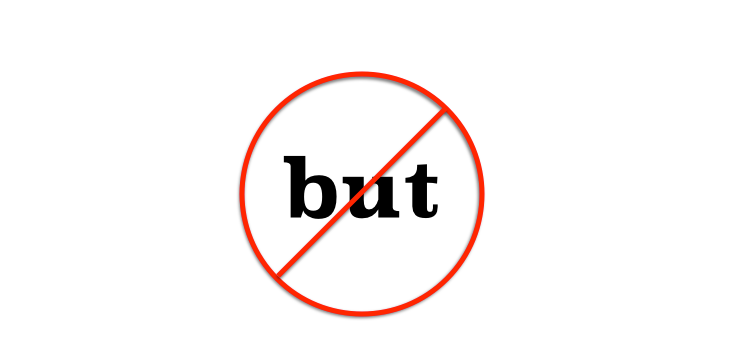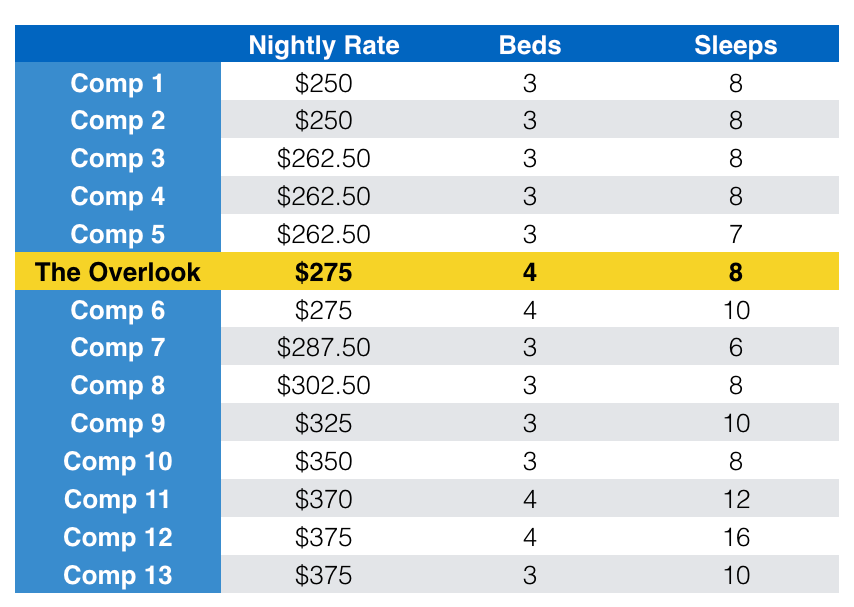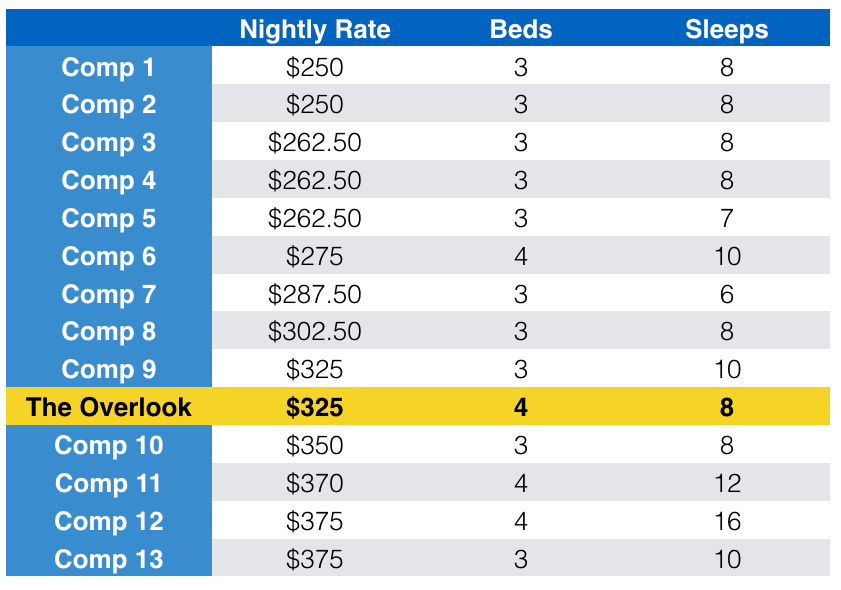Note: Lessons from The Overlook is a monthly update on lessons learned from owning a vacation rental property in the Southern California mountain town of Idyllwild. It's a hands-on opportunity to apply some of the techniques I advise my clients to use. You can find past updates here.
"We've implemented a customer service vision, now what?"
That's a question I frequently receive from customer service leaders. A customer service vision is a shared definition of outstanding customer service. It's one thing to have one (here's my guide to writing yours). It's another thing to make it stick.
My wife, Sally, and I created a customer service vision when we bought The Overlook a year ago.
Welcome to your mountain community retreat.
Each word was carefully chosen. Looking back a year later, we're solidly executing 75 percent. Yet there's still 25 percent that needs work.
That's why it's important to do a vision review.
View from Suicide Rock, a popular hiking destination near The Overlook. Photo credit: Jeff Toister
Gut Check Your Customer Service Vision
The first step is to discuss the vision with a sample of key stakeholders. The goal here is to do a gut check and make sure it still resonates.
Our vision has four critical pieces:
Welcome: guests should feel at home during their stay.
Mountain: guests should enjoy what the mountain has to offer (ex: our view).
Community: guests should experience small-town hospitality where people know people.
Retreat: guests should have a relaxing visit at the cabin.
That was pretty easy to do with The Overlook, since it's really Sally and me. All four pieces definitely still resonate. We do have a conversation planned with the owner of our property management company since she and her employees are critical stakeholders, too.
It doesn't have to be a formal process. You can have these discussions in one-on-one conversations, team meetings, or even focus groups.
Who to include can vary. Think of key people whose opinion is really crucial to the vision having widespread support. Here are a few you should consider:
Senior leadership
Middle management
Frontline employees, especially experienced team members
Vendors and contractors
Shareholders
OK, you probably notice that's just about everyone except for customers. That's an intentional omission, which we'll get to in a moment.
Review Employee Engagement
The next step is to make sure your employees are still engaged with the vision.
An engaged employee is someone who understands what makes the organization successful (i.e. the vision) and is committed to helping achieve that success.
Employee engagement means employees will be able to give consistent answers to three questions.
What is the customer service vision?
What does it mean?
How do I personally contribute?
Our memories fade over time. Your employees may have been able easily answer these questions a year ago, but that's no guarantee the vision has stuck.
Doing this routine check-up will help you identify any opportunities to re-engage people.
Believe it or not, it was helpful for Sally and me to have this conversation. We exchanged our thoughts about question number three and renewed our commitment to achieving the vision.
Which led us to the next step in our review.
Evaluate Your Execution
Remember we initially left customers out of the discussion? Now it's time to include them.
Here is where we gather customer feedback and other data to see how well it matches our vision. You can use your existing survey, customer interviews, and other data.
For example, we have a guest book at The Overlook. Our guests also receive a survey after their stay. It's fun to see what comments guests leave and see if there are any particular themes.
Our evaluation told us we're hitting 75 percent of our vision. Here are the high points:
Welcome: guests consistently feel at home during their stay.
Mountain: many comments and feedback focus on the mountains.
Retreat: our guests really enjoy relaxing at the cabin.
The one missing piece is community. Our goal here was to find ways to connect guests to the surrounding community of Idyllwild. We want people to feel a part of this small town.
So our focus for Year 2 of owning The Overlook will be forging stronger connections between our guests and the town.




















